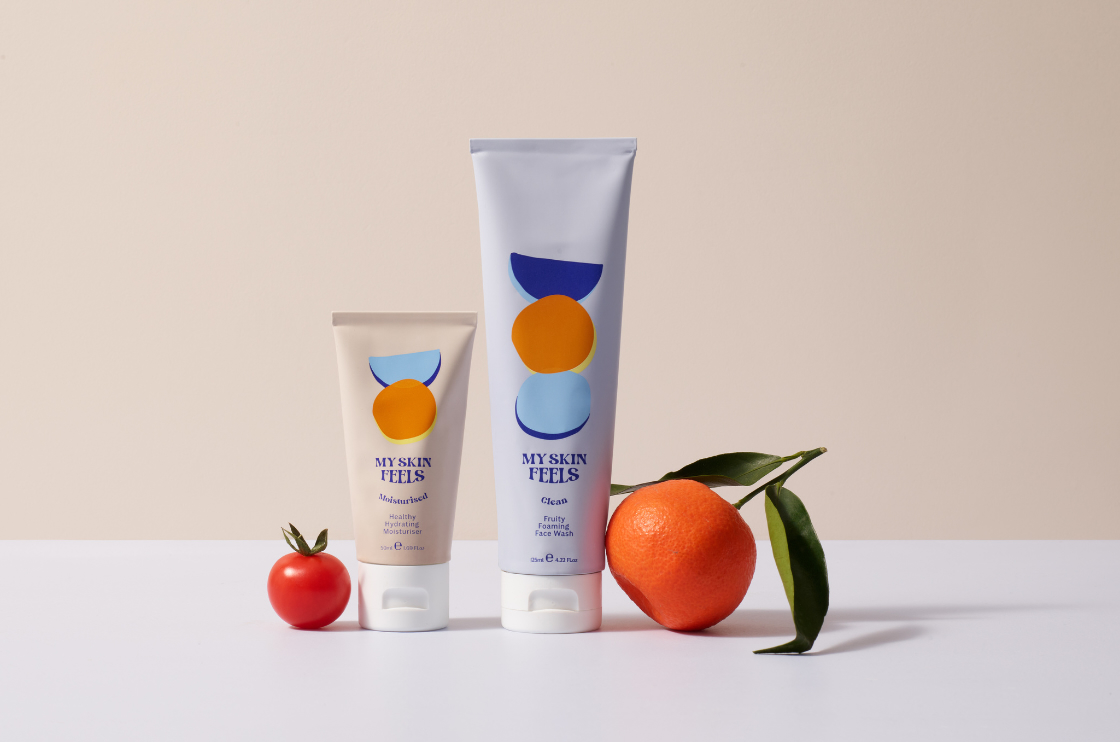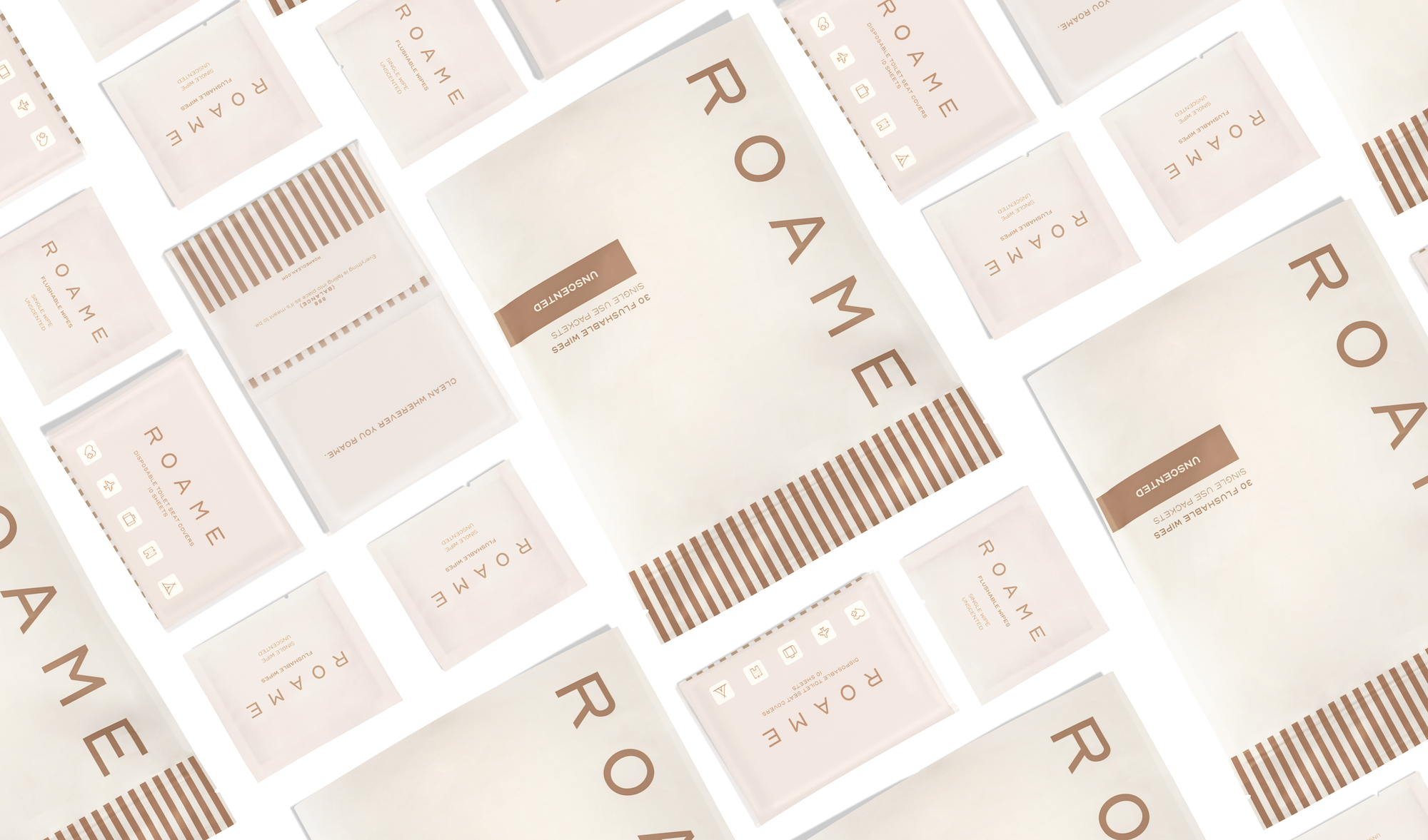Cheat on Chardonnay With These 7 Worthy Alternatives
Garganega, Godello and these other lesser-known varietals are all convincing stand-ins for Chardonnay—each brings its own charm to the table. [...] Read More... The post Cheat on Chardonnay With These 7 Worthy Alternatives appeared first on Wine Enthusiast.
There’s nothing wrong with loving what you love. If the object of your palate’s affection is Chardonnay, there are plenty of other grapes to explore that will deliver the aromas, flavors and textures you cherish in your beloved.
There are an estimated 10,000 grapevine varieties, but just 13 occupy more than one-third of the world’s vineyard area, according to the International Organisation of Vine and Wine. Chardonnay is the second-most planted white grape, after Spain-native Airén, which is typically used in brandy production.
Chardonnay is, in many ways, a chameleon. The green-skinned grape, more than most, reflects both the land and climate it was grown in, and the hand that makes it. It can thrive in a variety of climates, and produce wines at a range of price points. Stylistically, it can saunter in crisp and linear, or sashay its way up to opulent and oaky. When it comes to flavor, depending on farming and cellar choices, it can present as green apple and lemons, or tropical fruit and vanilla.
Whether you prefer the lean and mean or the curvaceous and lush side of Chardonnay, there are plenty of other less-planted but equally compelling whites worth exploring.

Chenin Blanc
Chardonnay-like Characteristics: Oak-aged Chenin Blanc can exhibit the same honey, quince, baked apple and buttery notes as creamier, richer Chardonnays that spend more time in French oak.
Chenin Blanc was born in the Loire region of France. The grape is still found in the Loire, but its modern homeland is arguably South Africa. More Chenin Blanc is now planted in South Africa than the Loire, and it is the most prolific white grape in the country, tapped for its ability to make rich but dry still wines, long-living sweet wines, vivacious sparklers and fortified wines. Chenin also thrives in California and Argentina.
Depending on where it’s grown and treated in the cellar, Chenin can exhibit a broad assortment of flavors and textures.
“Chenin Blanc is one of the best Chardonnay alternatives out there in terms of versatility,” says Amy Racine, beverage director of JF Restaurants in New York, and recipient of Wine Enthusiast’s Beverage Director of the Year in 2024. “Chenin can be steely and mineral, or full-bodied and creamy with oak or botrytis influence. For this reason, I suggest consulting with your local wine shop on the flavor profile of the bottle since the spectrum can be quite wide.”

Garganega
Chardonnay-like Characteristics: Like lighter, crisper expressions of Chardonnay, Garganega wines boast flavors of lemons and stone fruit.
This late-ripening white grape is native to the Veneto region of northeast Italy, where it is used to produce citrus-forward, delicate wines with minerality and light spice. It is best known as the white grape that dominates Soave wines, where DOC law states that at least 70% of the white blend has to be Garganega.
The grape, in the hands of careful and creative producers, is also developing a round and lush side.
“Garganega is really the star of Soave, where it typically shows gentle orchard fruit, almond and floral notes,” says Racine. “On its own, it’s more delicate than Chardonnay, but with skin contact, lees aging or barrel work, it gains a richer, waxy texture and layered palate than can evoke a softer, unoaked Chardonnay.”
This fruity but medium-bodied grape offers medium-high acidity and often clocks in around 12% abv. Solo or in blends, when it’s given time in the cellar, Garnanega also develops richer tangerine and toasted almond notes.

Godello
Chardonnay-like Characteristics: Oak-aged Godello can deliver notes of pineapple, honeysuckle and vanilla. Unoaked, it’s green apples, red pears and citrus.
In its most classic form, Godello is fermented in stainless steel and/or neutral wood, and produces a rich but balanced sip that exudes fruitiness and minerality, a quality typically reserved for Chablis and greater Burgundy, where Chardonnay was born.
“When it’s unoaked, there’s a lovely minerality and fruit complexity,” says Elli Benchimol, owner and advanced sommelier at Apero and La Boheme in Washington, D.C.
Godello is native to Spain and northern Portugal. The fine wine grape almost went extinct until Horacio Fernández Presa, head of Valdeorras, Spain’s agricultural office at the time, founded Reestructuración de los Viñedos de Valdeorras (REstructuring of the VIneyards of VALdeorras), or REVIVAL to elevate viticulture in the Northwestern corner of Spain. Ultimately, it became clear that Godello was a star, and Presa’s championing of the grape saved it.
“In Godello we trust!” says Benchimol. “I have yet to have a bad one, even at a low price point. It’s a delicious alternative to Chardonnay.”

Aligoté
Chardonnay-like Characteristics: Light and crisp, with notes of apples, peaches and fresh herbs, Aligoté is comparable to a light Chardonnay.
“Often overshadowed by its more famous Burgundian sibling, Aligoté shares many of Chardonnay’s core traits: citrus, green apple and a mineral backbone,” says Racine. “It’s naturally higher in acid and a bit more linear, but malolactic fermentation or aging in larger barrels can soften the edges and bring it closer in feel.”
Climate change has also enabled the bright white to now ripen more fully, which balances the acidity that characterizes it.
While it is most frequently found in Burgundy, its high degree of cold tolerance has made it a popular option across Eastern Europe. It is also popping up in California, Washington and Australia.

Sémillon
Chardonnay-like Characteristics: An incredibly aromatic and full-bodied grape, Sémillon offers rich texture, along with flavors that range from crisp apricots and citrus, to ripe tropical fruit and honey.
This golden grape is native to southwest France, and is used to make one of the most prized long-aging sweet wines on the planet, Sauternes. It is also frequently used alongside Sauvignon Blanc (which also appears in Sauternes, with Muscadelle) in dry and sweet wines across the world.
Solo, its moderate acidity and full-bodied allure make it beloved as an alternative for opulent, oak-aged Chardonnays.
Sémillon, while native to France, is sometimes at its best in Australia, Benchimal opines. “I’ve had some brilliant Australian Sémillons that would outdrink a sassy Sonoma Chard any day,” she says. “So much luscious stone fruit. White Bordeaux made with Sémillon is where it’s at if you’re a lover of oaked whites. They can be big, ageworthy, with lots of savory spice.”

Clairette
Chardonnay-like Characteristics: This versatile grape produces full-bodied wines, with notes of apples, grapefruit and stone fruit.
Clairette, like Chardonnay, is frequently utilized in still and sparkling wines, and is often blended with other grapes. It stars in Crémant de Die, an increasingly popular and more affordable Champagne alternative, and the fortified wine Vin Doux Naturel. Once widely planted in southern France, it is most prevalent now in Châteauneuf-du-Pape, and is one of 13 grapes permitted in the Rhône Valley appellation’s blends.
“Generally, Clairette is more a blending grape, but Tablas Creek has done single grape versions that show what it’s capable of,” says says Wine Enthusiast Writer-at-Large Cheron Cowan, who is also sommelier and beverage director at Craft New York. “It is lower in acid, but there’s an herbal component, florality and nuttiness, with more waxier and depth on mid-palate than you find in Chablis.”
In its youth, Clairette is fresh, citrusy and lithe, but also showcases pineapple, nutty and honeyed notes, making it a wonderful option for those enamored with a bright but textured and evolved Chardonnay.

Carricante
Chardonnay-like Characteristics: This late ripening grape produces aromatic, bright wines, with notes of citrus, green apple and flint.
Carricante is an ancient white grape variety indigenous to Sicily. While it has been cultivated on the volcanic slopes of Mt. Etna for centuries, it is just coming into the spotlight now.
Unoaked, single-varietal Carricante is bright and fresh, while aged Carricante exhibits what Cowan says is reminiscent of Chablis.
“It’s so interesting to see what’s emerging from Mt. Etna today,” Cowan says. “Depending on where it’s grown on Mt. Etna, the upper or lower portion, or the east or west side, it can carry notes of stone fruit, or flint, or it can develop incredible Burgundian characteristics if you give it time to develop.”
Three or four years in bottle is Cowan’s personal preference.
“I am so excited to see where Mt. Etna takes this grape,” she says. “They are really propelling it forward into the future.”
More White Wine Stories
- The astronomical rise of crisp white wine has shown no sign of slowing down. We explain why.
- And, in this age of crisp white wines, zippy Albariño is the star.
- On the other hand, we think these “buttery” Chardonnays are worth a second look.
- Now, what does “buttery” actually mean? We let you in on the secret here.
- Learn all about what to look for in an ageworthy white wine.

From the Shop
Find Your White Wines a Home
Our selection of white wine glasses is the best way to enjoy the wine’s subtle aromas and bright flavors.
The post Cheat on Chardonnay With These 7 Worthy Alternatives appeared first on Wine Enthusiast.



















































































































































